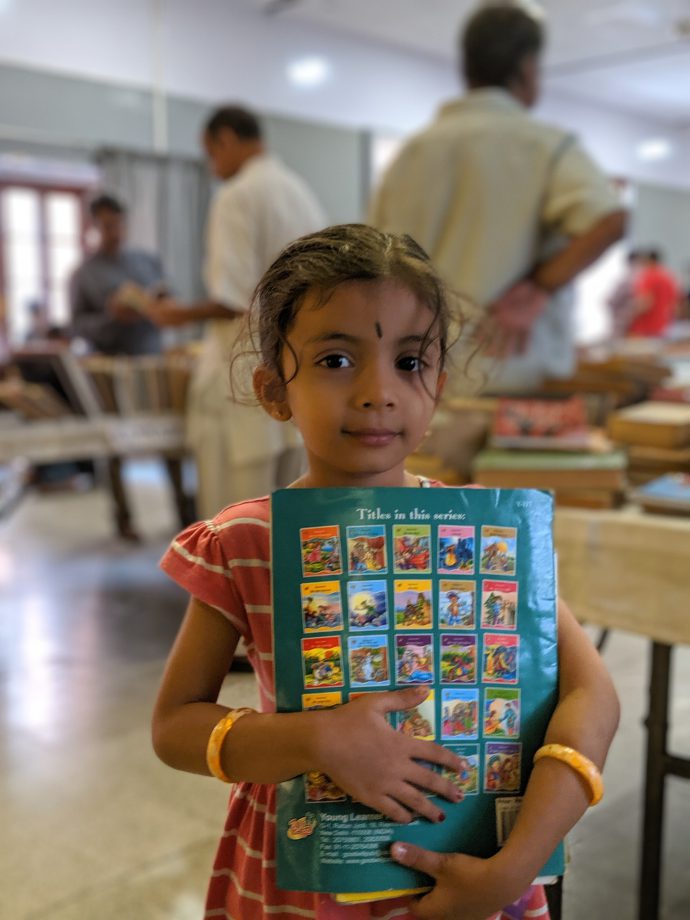libraries as community spaces: my love story with the indian institute of world culture

In the words of Neil Gaiman, I believe that the future depends on libraries. This conviction comes from the fact that everything I am today comes from the books I’ve read, and one library in Bangalore did more to shape this than any other place in the world.
The Indian Institute of World Culture was founded in August 1945 and is nestled on a shady tree-lined road named for its founder, B. P. Wadia. Bahramji Pestonji Wadia, and his wife Sophia Wadia, were visionaries. Believers in the Theosophist ideas of cultural exploration for self-reflection, the Wadias were closely associated with the United Lodge of Theosophists.

This was a movement that looked at taking the ideas of Theosophy back to the original writings of Madame Blavatsky. Overall, the movement was concerned with examining the lived experiences of spirituality, by keeping the channel open for communications across cultures.
Drawing from his work founding the Madras Labour Union, and her work organizing the All India Writers’ Conferences, the Wadias placed the community at the center of the library that they built. To this day, you can attend lectures, concerts and dance recitals at the Indian Institute of World Culture free of cost. The hallowed halls have played host to names as big as Martin Luther King Jr, Arnold Toynbee, C Rajagopalachari, the Panchen Lama, V V Giri, and Salman Rushdie. Transcripts and notes of some of these lectures are available online.
My own journey with the Indian Institute of World Culture began in the year 2005. I was 13 years old, and I had finished reading everything in the local lending library in my neighbourhood. An only child with parents who worked, I used to always joke that books were the siblings I never had. I was constantly being told off by well-meaning teachers and librarians for reading above my level. I did very little besides reading, all through the year. And so, understandably, my parents were concerned about keeping me engaged (and out of their hair) for the summer.

Till a friend recommended them to the Indian Institute of World Culture, in Basavanagudi. I remember the first time I walked into their Children’s Library, which at one point boasted over 40,000 books. I thought I was in heaven. I would go twice a week, that summer and for the many summers that followed. It was there that I went to art classes and French lessons.
When I was older, and left to University, coming back to the Indian Institute of World Culture became a time of reconnecting with my younger self. I stopped going to the children’s library and began going to the very well stocked Main Library, where the librarians knew me by name and genre.
‘Kavya who has come to borrow more murder mysteries and world history.’ When researching for a paper I was writing for the International Relations class, imagine my delight at finding books published in Russia, documenting India’s relationship with the Soviet Union. There was no greater thrill than finding the checkout card in the front of the book stamped – March 15th, 1955.
My grandmother would take me to the library, and she would borrow Tamil and Kannada magazines, the kind that had been ubiquitous in her childhood, full of serialized stories and social commentary. My friends would come with me to the biannual book sales, where you could find very rare books for next to nothing.
These sales still happen, on May Day and Rajyotsava. They are the library’s opportunity to cull and make space for all the new books that need to be acquired.
I am a product of this library as a community space, and in a climate of ebooks, reduced funding for the arts, and the privatization of libraries, I think we need libraries like the Indian Institute of World Culture more than ever. The fees are nominal, and the rewards never stop.
And finally, when I started doing walking tours in Basavanagudi, the first stop on my tour would be the Indian Institute of World Culture. I’ve come to see it as a pilgrimage, on which I can take strangers and loved ones alike.
You can follow the official Facebook community page of Indian Institute of World Culture for updates. Community spaces like this are key to urban rejuvenation & making cities for people.

